
To join Moon Camp your team has to create a habitat for human space exploration.
In the future, to enable astronauts to stay on the Moon or other planets for long periods of time, new infrastructures must be developed to overcome important challenges. Such challenges include protection from radiation and meteorites, energy production, the extraction and recycling of water, food production and much more. Moon Camp has a open format. Your team can explore the Moon but also venture further into other locations in our Solar System. Your team’s project can also be submitted in any format you prefer, and be created using different tools and techniques. These projects can range from scientific experiments, artistic or hands-on projects, programming a rover, 3D designed or printed models, game-based worlds and much more.
Level: beginners to advanced, you can choose how complex the project will be.
Age range: up to (and including) 19 years old
Submission format: short description of the project, including supporting elements such as images, or a video, or a 3D design object. Language of their choice.
Registrations: open from 11 September 2025 to 27 July 2026 (23:59 CEST).
Events: Mid-year online event with a space expert: Webinar with an ESA expert in February 2026, and a livestreamed Q&A with an astronaut in June 2026.
Rewards: Submitted projects are published in the Project Gallery. All teams will receive a participation certificate once the project is published in the project gallery.

Bring together a team of students to create a space habitat for the astronauts of the future. Make sure to check the submission guidelines and eligibility criteria below before you start your project. Teachers are recommended to consult this page with curricular project examples.
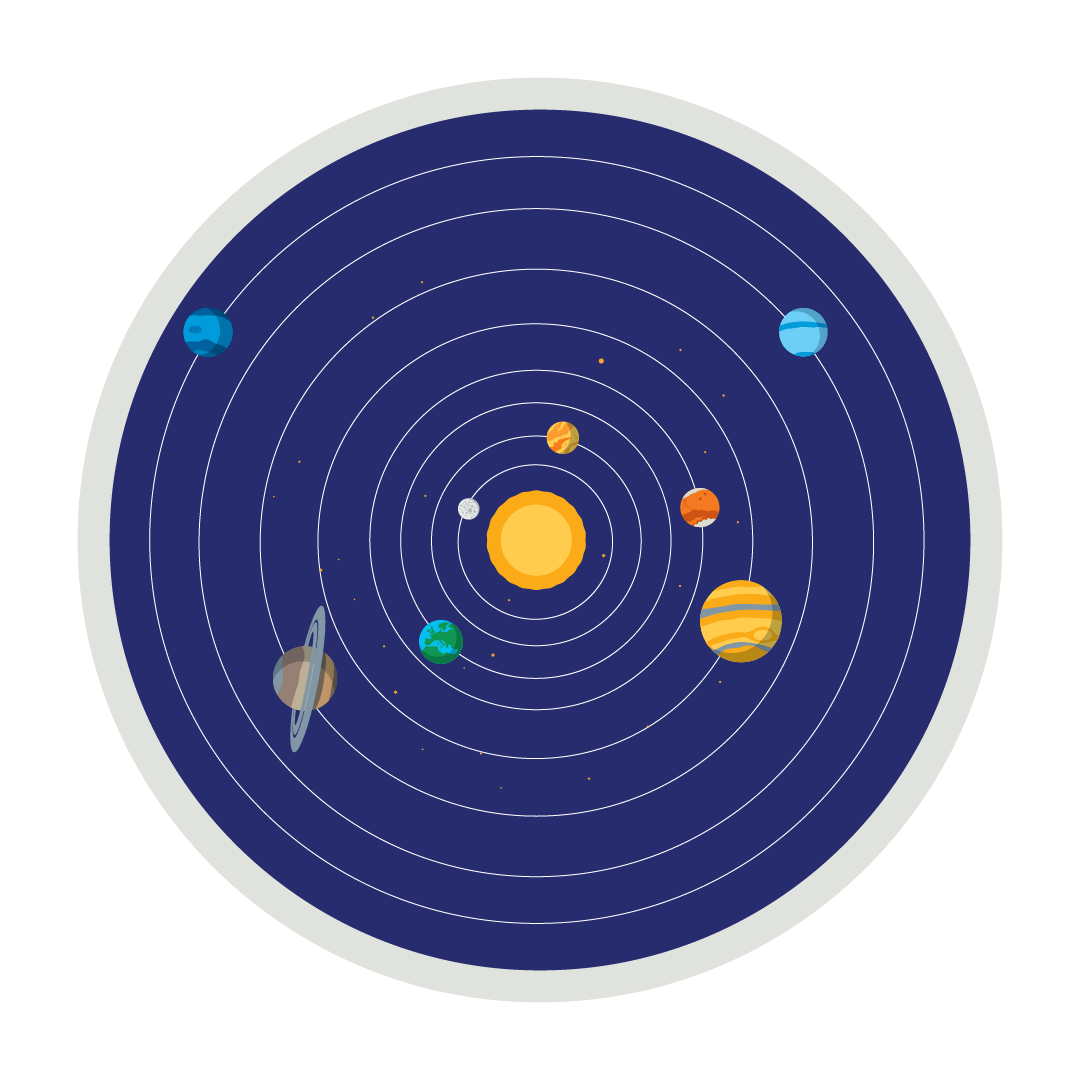
Do you want to build your habitat on the Moon or go beyond and explore other planets or even an asteroid. Learn more about different places in the solar system and choose your space location.
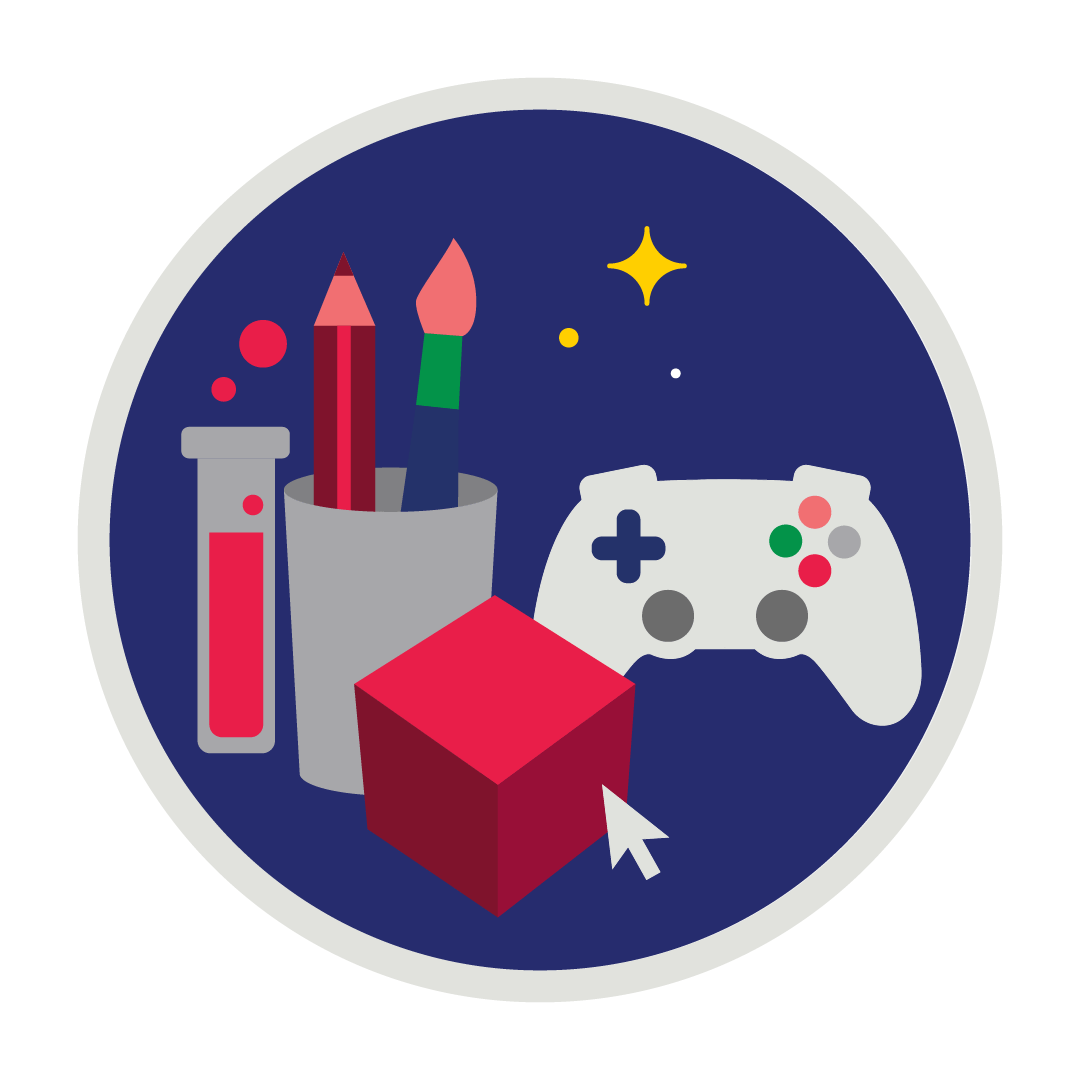
Decide how you would like to create your project. You can use arts and crafts, 3D digital design software, games, scientific experiments and much more. Learn more about different design tools or take inspiration from the project gallery .
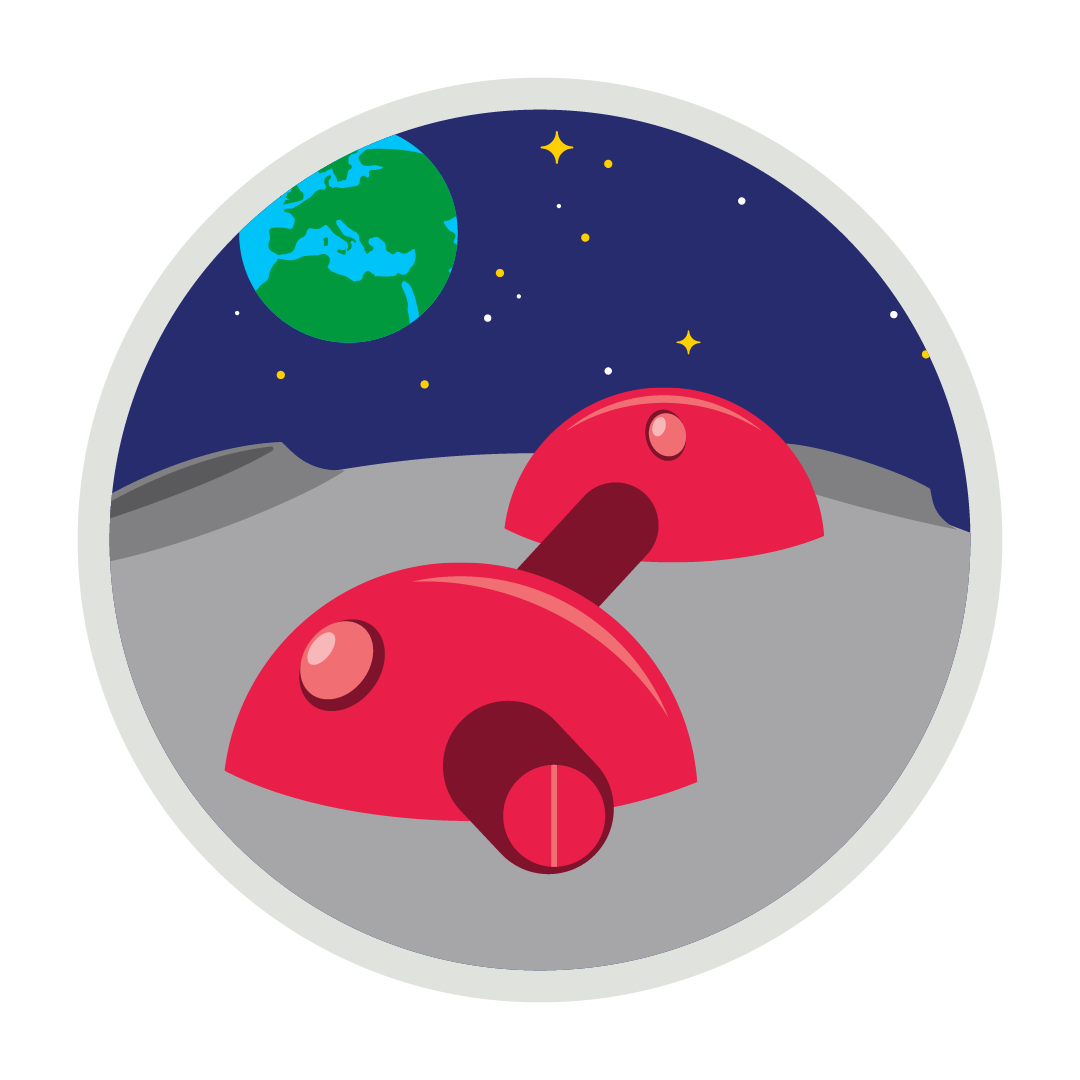
Your team is now ready to start their design. There are many supporting educational resources and multimedia available for different types of projects to guide the students.
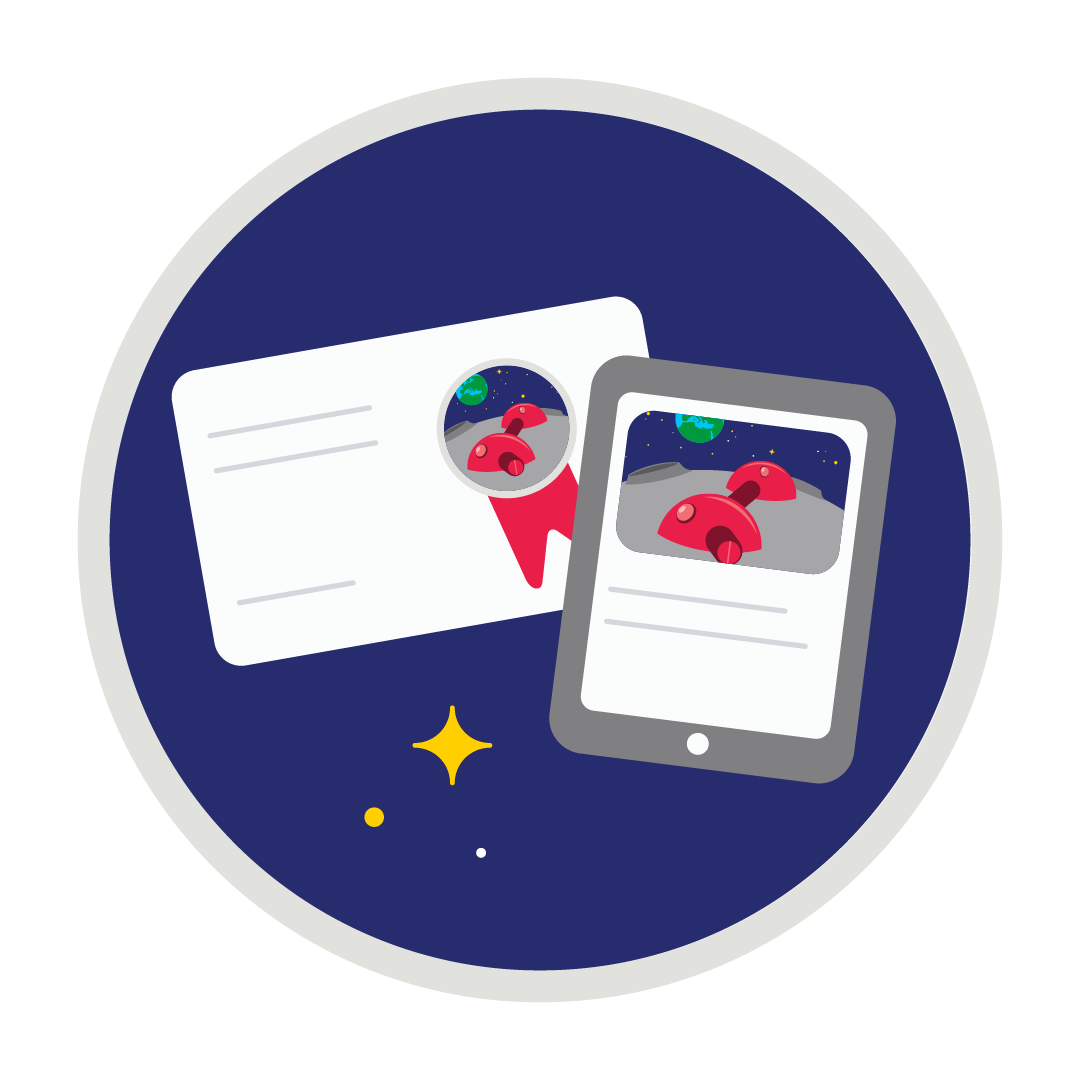
Submit your team's project before the deadline. After submission, ESA will check your project. This takes 2 to 5 weeks. If your project correctly follows the submission guidelines and rules, it will be published in the project gallery and you will receive the certificates.
Create a plan of action for your team and design a habitat with your students on the Moon or beyond. Make sure to read the submission guidelines and eligibility criteria first.
Join the webinar where an ESA space expert will share their insight on exploration of the Moon and beyond and teams can submit questions. No sign-up needed.
Are you a teacher and want to make sure to receive the certificates before the summer holidays. Make sure to submit your team's Moon Camp project by this date latest.
Join the livestream with an ESA astronaut. The final online event is open to all the participants that submitted an eligible project.
Make sure you submit your project(s) before the deadline!
Certificates of participation will be sent and all valid projects will be uploaded to the Moon Camp gallery.
1. Create a user account to submit your project on the Moon Camp platform.
2. Submit your project by 27 July 2026 latest. Submissions must include:
3. Once submitted you will receive a confirmation email. Once the submission has been approved by ESA, it will be published in the online gallery and you will receive an email with the certificates.
We respectfully request that, as the team leader, you oversee your students’ responsible use of Artificial Intelligence (AI) in the development of their Moon Camp project and support them in acquiring valuable STEM skills and competencies. The use of AI is only permitted under the following guidelines:
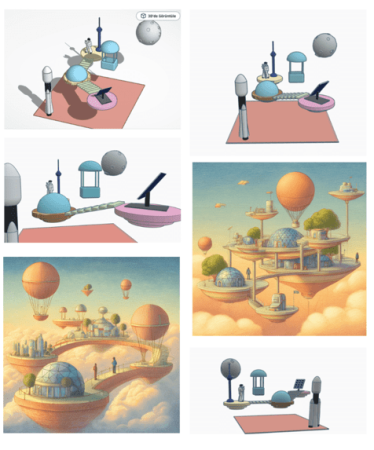
If a submission does not follow rules below, it will be rejected. These are submissions that:
Moon Camp is open worldwide, teams from all over the world can join this inspiring challenge!
The European Space Education Resource Offices (ESERO) help facilitate the Moon Camp project by providing local support in ESA Member States. Consult your country page to have access to national events, trainings and activities organised by our local partners. You will also find extra information and supporting materials in your language.
Do not worry if your country is not listed, your team is still able to participate by following the registration button.
